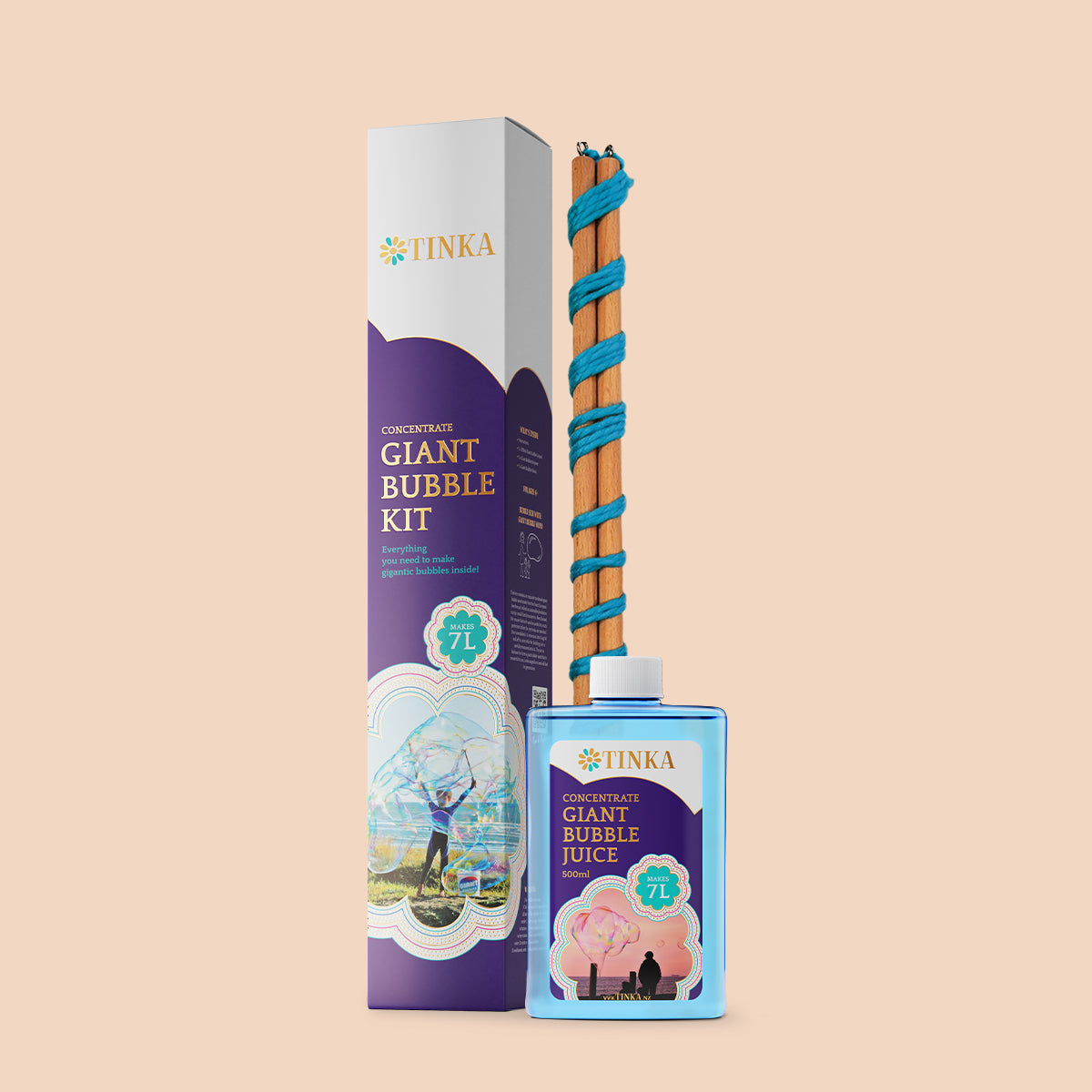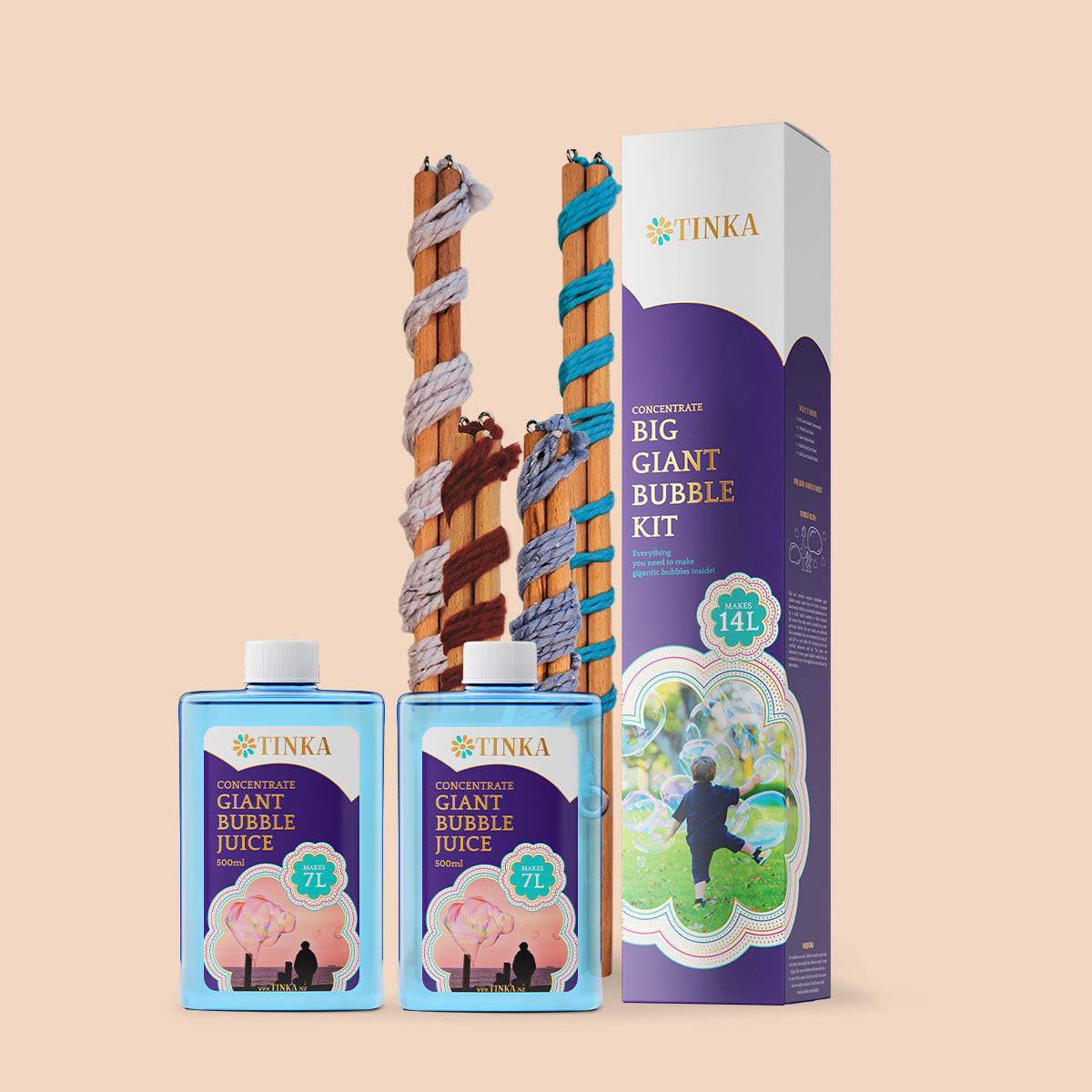Why Do My Giant Bubbles Pop?

Introduction
Giant bubbles can be an enchanting and mesmerizing sight, but they often leave us puzzled when they suddenly pop. Understanding why giant bubbles pop is crucial for bubble enthusiasts, as it can help you create longer-lasting, more robust bubbles. This article will explore the various factors that contribute to giant bubble popping and suggest solutions to improve bubble longevity.
-
Surface Tension
One of the most significant factors that affect bubble longevity is surface tension. Surface tension is the cohesive force that holds the liquid's surface together. When the surface tension is too high, it can cause bubbles to pop prematurely.
Solution: You can reduce surface tension by adding a small amount of detergent to your bubble solution. This decreases the forces working against the bubble's ability to maintain its shape.
-
Environmental Factors
External conditions play a significant role in bubble formation and stability. Wind, humidity, and temperature can all influence a bubble's lifetime.
Solution: To minimize the effects of environmental factors, choose a sheltered location on calm days, and consider bubble solutions specifically formulated for windy conditions. Adjusting your bubble recipe based on the weather can also help.
-
Impurities in the Water
Water quality can significantly impact your bubble solution. Minerals and impurities in tap water can weaken bubbles.
Solution: Use distilled or purified water to make your bubble solution, or consider using a water softener if you have hard water.
-
Solution Concentration
The concentration of soap or detergent in your bubble solution can affect its stability. An overly concentrated solution can result in thick, unstable bubbles.
Solution: Experiment with different soap-to-water ratios to find the right balance for your desired bubble size and stability.
-
Bubble Wand Design
The design of your bubble wand can also impact bubble stability. An inefficient wand may not distribute the solution evenly, leading to weak spots in the bubble.
Solution: Choose a high-quality, well-designed bubble wand. If you're using homemade wands, ensure they are symmetrical and designed for giant bubbles.
-
Handling and Technique
Your technique while creating and handling bubbles can be a crucial factor in their longevity. Sudden movements, uneven dipping, or overly aggressive blowing can lead to early bubble pops.
Solution: Practice and finesse your bubble-making technique. Slow, controlled movements and gentle blowing can help improve bubble stability.
-
Quality of Ingredients
The quality of the ingredients used in your bubble solution matters. Not all detergents and soaps are created equal.
Solution: Choose high-quality, gentle dishwashing detergents, as these are typically better for bubble-making.
-
Aging of the Solution
Bubble solutions tend to work better after they've had some time to age. Freshly made solutions may not perform as well.
Solution: Prepare your bubble solution in advance and let it sit for a few hours or overnight before using it for optimal results.
-
Use of Polymers
Some bubble solutions incorporate polymers or additives that improve bubble stability and longevity.
Solution: Consider using bubble solutions that include polymers, as they can enhance the durability of your bubbles.
Conclusion
Creating giant bubbles can be a delightful and awe-inspiring experience, but understanding why they pop is essential for maximizing your bubble fun. By addressing factors such as surface tension, environmental conditions, water quality, solution concentration, wand design, technique, ingredient quality, solution aging, and the use of polymers, you can significantly improve the longevity of your giant bubbles. With the right knowledge and adjustments, you can enjoy bubbles that float gracefully in the air, captivating both young and old.






